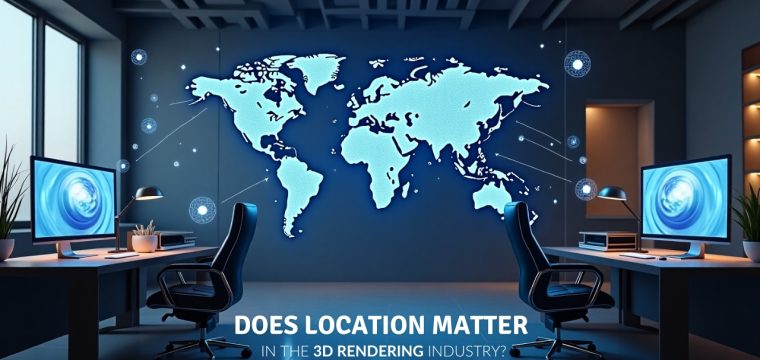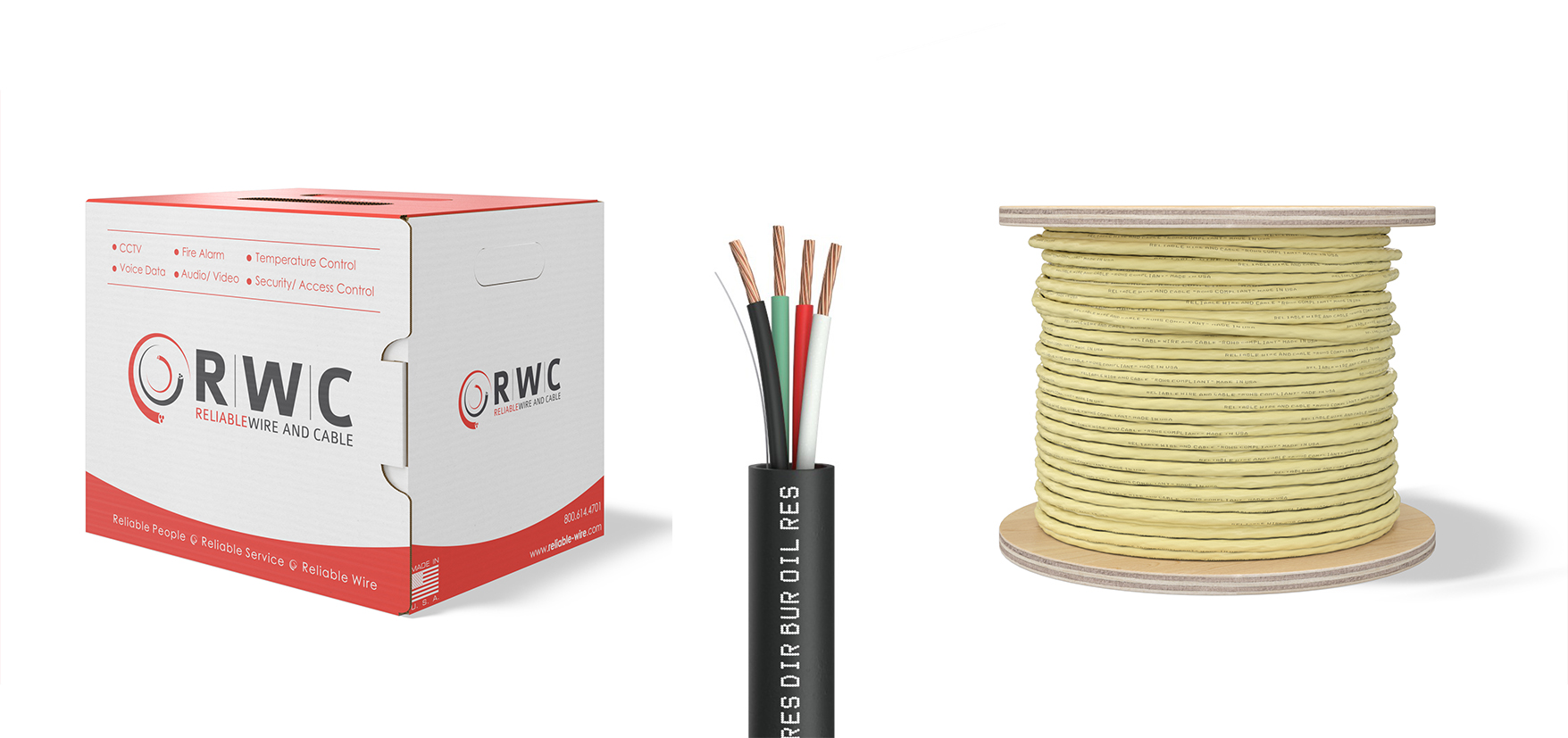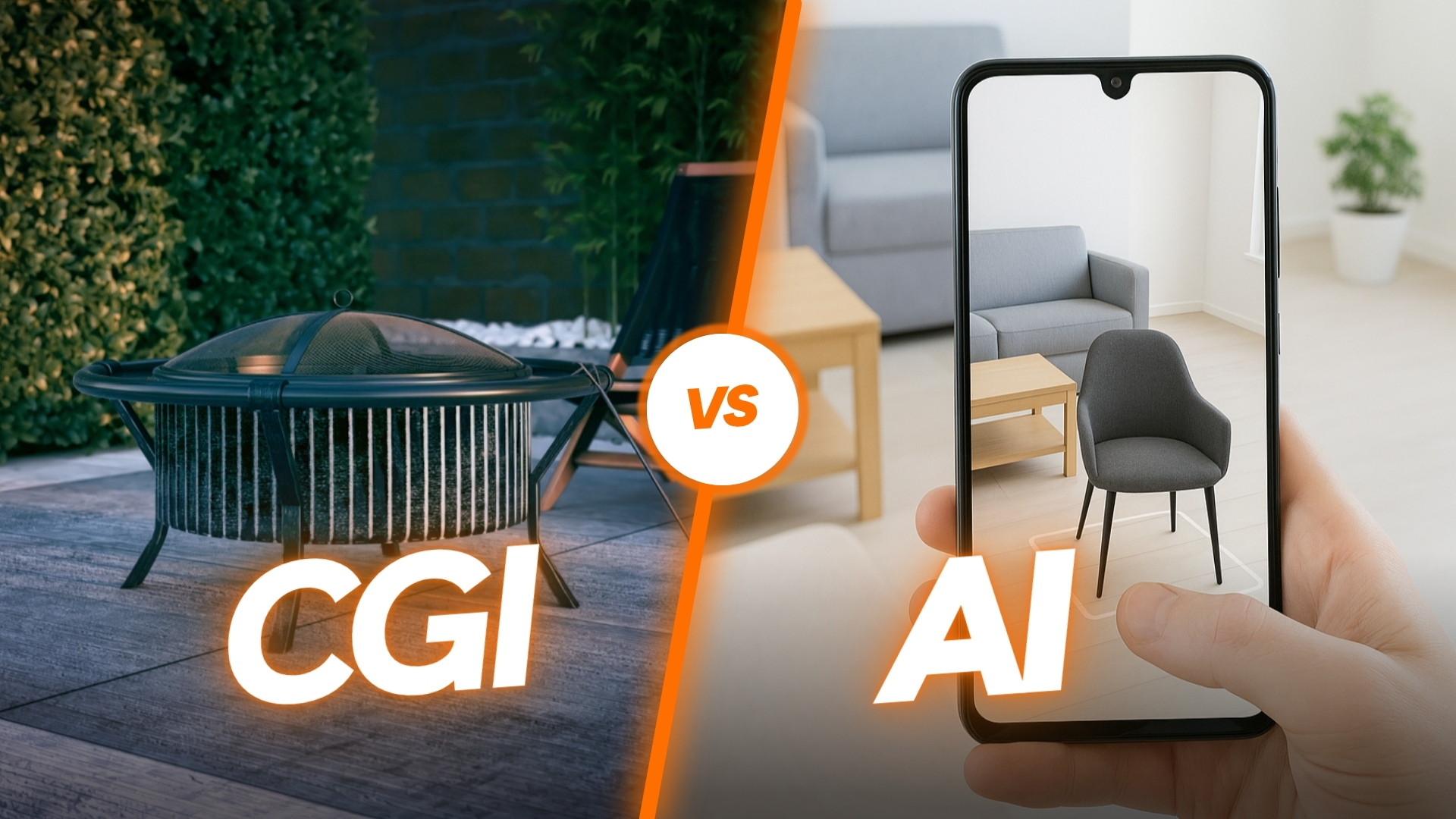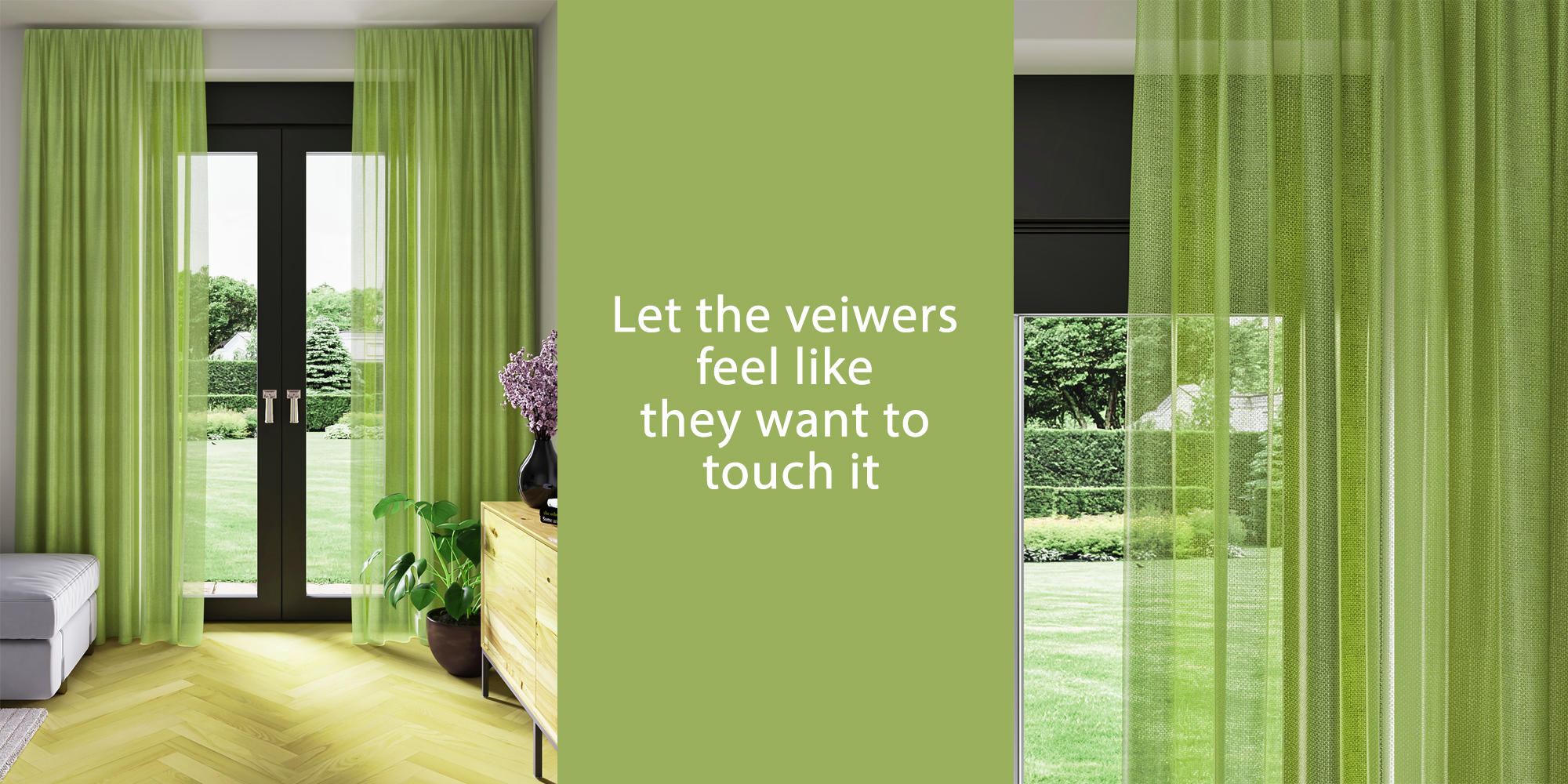Location issue is a common concern for 3D rendering services in the industry for various project types.
Working with a local 3D rendering studio offers benefits like time convenience, real-time collaboration, and on-site scanning and measurements.
But, remote options are becoming increasingly popular for most 3D rendering projects for their quality outputs and cost-effectiveness.
This article will clarify the topic and help you decide which option brings the most value to your business and projects.
6 Reasons Remote 3D Rendering Studios Are the Top Choice
Remote studios are popular for good reasons. Here’s why they work for most projects:
1. Access to World-Class Talent, Anywhere
You’re no longer limited to artists in your city. Need a hyper-detailed car design? Hire a studio in Germany known for automotive renders.
Need a cartoon-style animation? Find a team in Japan.
Websites like Upwork, Fiverr, and ArtStation let you connect with experts globally. For example, a U.S. studio might partner with a 3D artist in Poland for realistic lighting techniques.
2. Save Money Without Sacrificing Quality
Studios in North America or Europe often charge $100–$200/hour. Remote studios in Asia or South America offer the same quality for $30–$80/hour. This lets you reallocate savings to marketing or design.
Small businesses, like online stores, often hire studios in India or the Philippines for basic product renders at half the cost. You don’t need to pay for an in-house team or a local studio in the U.S.
3. Perfect for Simple or Repetitive Projects
Not every project needs a big budget. Remote studios handle routine tasks efficiently:
- Product images for e-commerce (e.g., furniture, electronics).
- Basic architectural walkthroughs for real estate listings.
- Social media ads with simple animations.
Example: A bakery chain might outsource 3D cake renders to a studio in Vietnam for $50.
Start with small projects to build trust. Once you’re happy with the results, you can outsource bigger tasks like high-quality texture scans, digital material libraries, and advanced rendering techniques (like PBR).
4. Portfolios Tell You Everything
A studio’s past work (their “portfolio”) matters more than their address. If their style matches your vision, location isn’t important.
For instance, a game developer in Sweden hired a studio in Argentina because their portfolio had the exact “futuristic city” style needed.
Websites like Behance let you compare portfolios, reviews, and prices easily.
5. Easy Communication with Modern Tools
You don’t need in-person meetings. Use free tools like Zoom, Slack, Trello or WhatsApp to share feedback.
You can seamlessly provide feedback, approve drafts, and make real-time modifications as needed.
Cloud platforms like Frame.io even let you mark changes directly on 3D files.
6. Cloud Power = Big Projects, Small Budgets
Cloud-based rendering lets studios use super-powerful computers online, no matter where they are.
For example, a small team in a remote area can work on big projects like movie animations or detailed building designs by using services like AWS, Google Cloud, or Azure.
This means even small studios can handle huge jobs without buying expensive equipment or being stuck in one place.
Clients win too—whether they need a simple product image or a fancy movie-style animation, studios can deliver without costing a fortune.
4 Times When Local 3D Rendering Studios Are Better
While remote teams work for most projects, local studios shine in these cases:
1. Projects Needing Exact Measurements
Local teams can visit sites to scan objects or buildings. Examples:
Historic Building Renovation: Scanning a 200-year-old library in France requires lasers and drones.
Product Prototypes: A car company in Detroit might need millimeter-perfect 3D scans of a physical model.
2. Top-Secret or High-Security Work
For confidential projects (e.g., military tech, unreleased video games), local studios reduce risks.
Example: A defense company in Texas hired a nearby studio to keep files offline and sign NDAs in person.
3. Networking in Creative Hubs
Cities like Los Angeles (film), London (architecture), or Tokyo (gaming) host industry events.
These opportunities allow professionals to build relationships, share knowledge, and stay updated on the latest trends and technologies. For instance:
- A film production hub offers collaboration opportunities with animators, VFX specialists, and directors.
- An architectural studio can form partnerships with architects, developers, and advertisers, opening doors to new opportunities.
4. Tax Savings and Legal Benefits
Some countries offer tax breaks for hiring local creatives.
Example: Canada gives 25% tax credits for film projects using Canadian studios. Local contracts also simplify copyright or payment disputes.
How to Choose a Remote Studio (Without Regrets)
Follow these tips for a smooth experience:
Check Their Portfolio: Look for projects similar to yours (e.g., “realistic furniture renders” or “cartoon animations”).
Test Their Skills First: Pay for a sample render (e.g., one product image) to check quality.
Use Secure Tools: Share files via password-protected Google Drive or encrypted platforms like Tresorit.
Set Clear Deadlines: Agree on dates for drafts (e.g., “First draft by March 5”) to avoid delays.
Language Matters: Ensure they understand your instructions clearly to prevent mistakes.
The Verdict
Remote 3D rendering studios would be the best choice for most project types for cost-effectiveness and the ability to work with global talents. But again, local studios may be necessary for specific requirements.
If your next project requires a location-specific 3D rendering service provider, feel free to share your location with us. We can help you find the best studio available and simplify the interview process.








